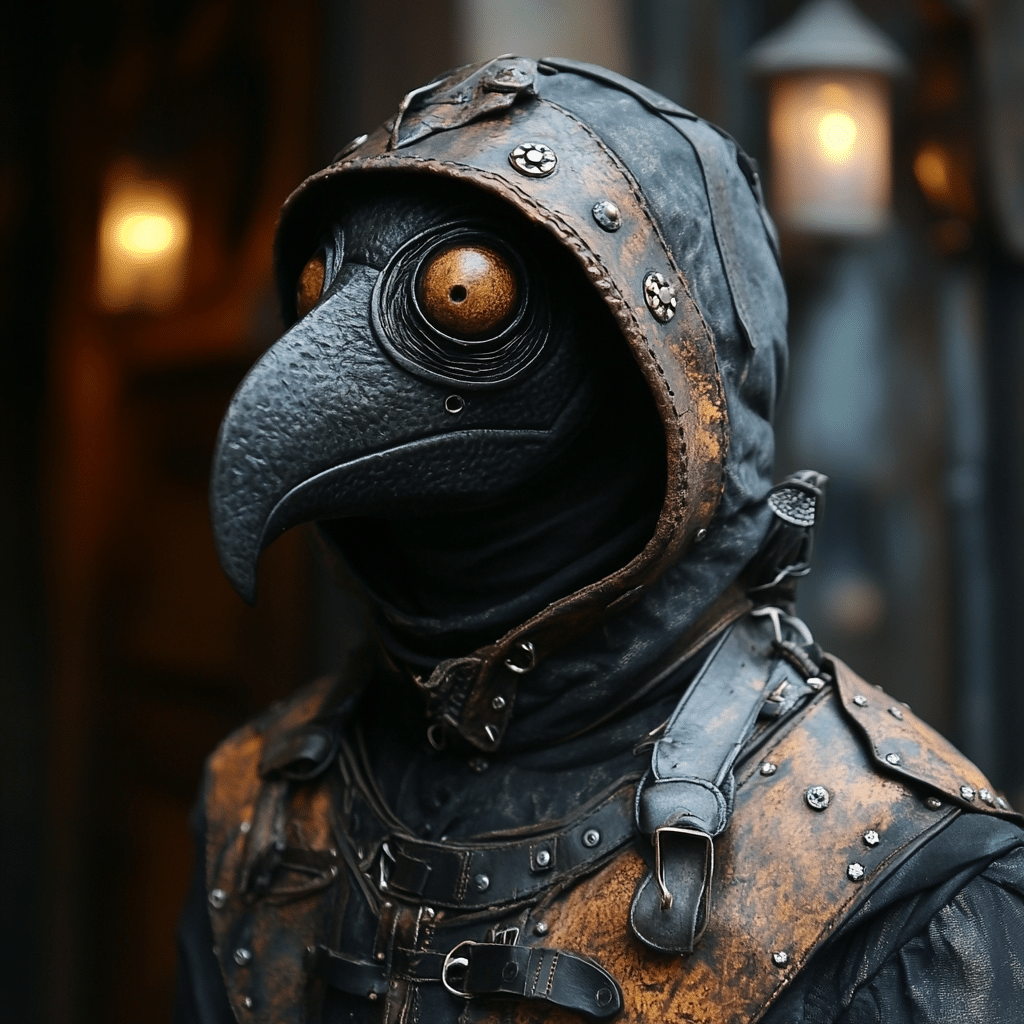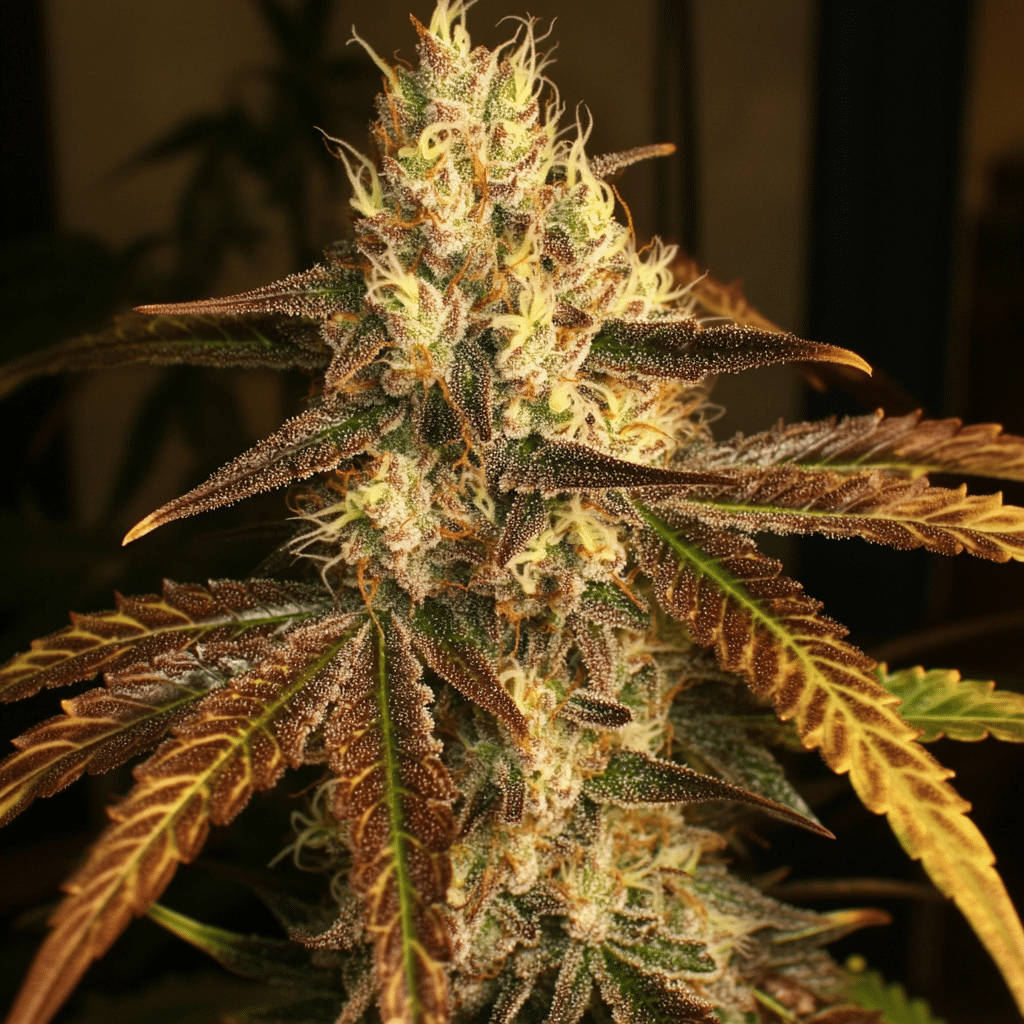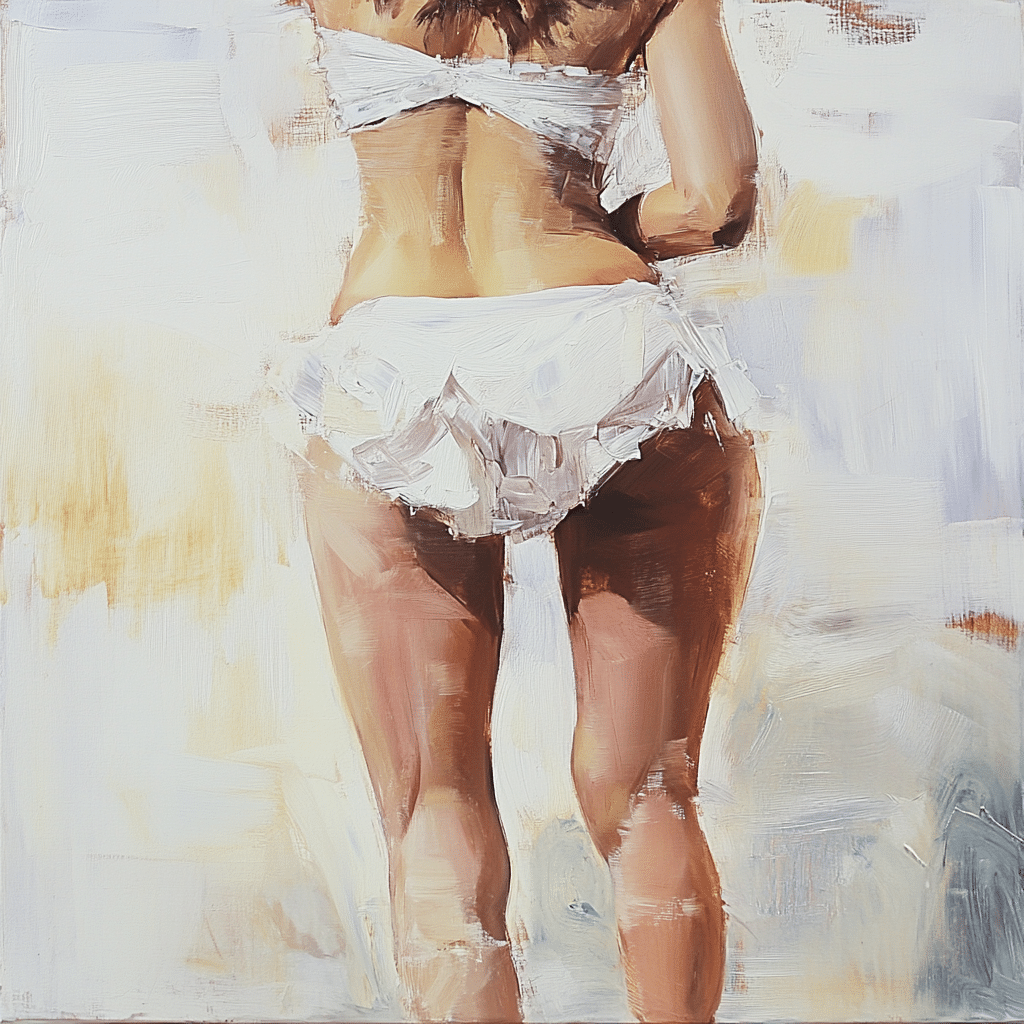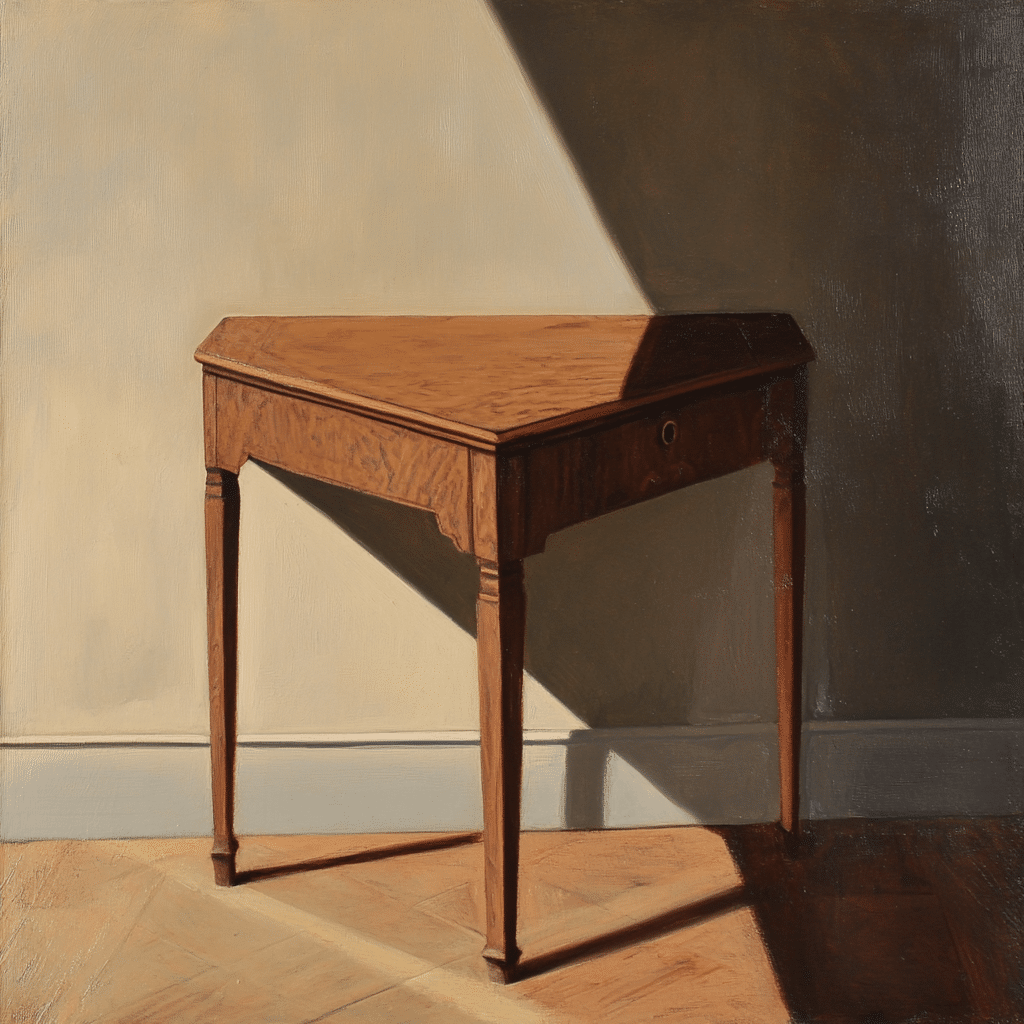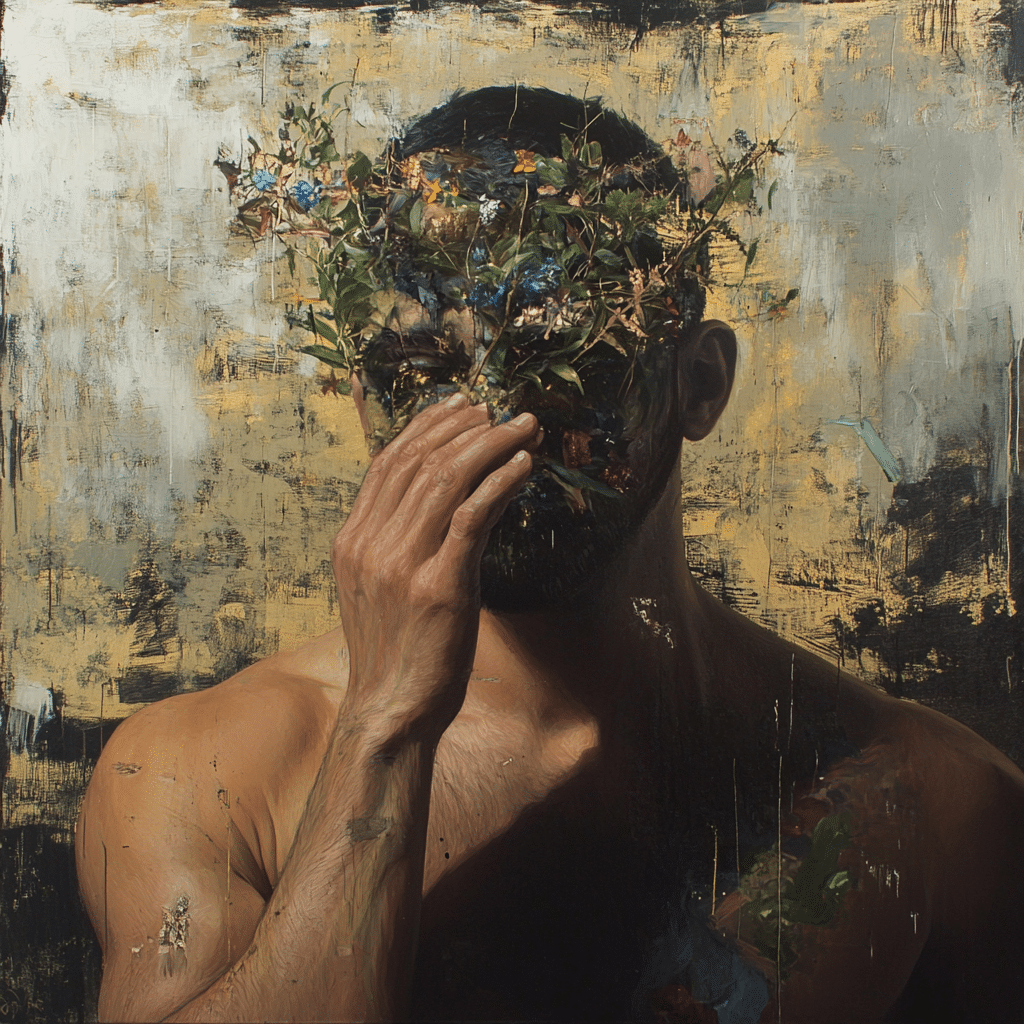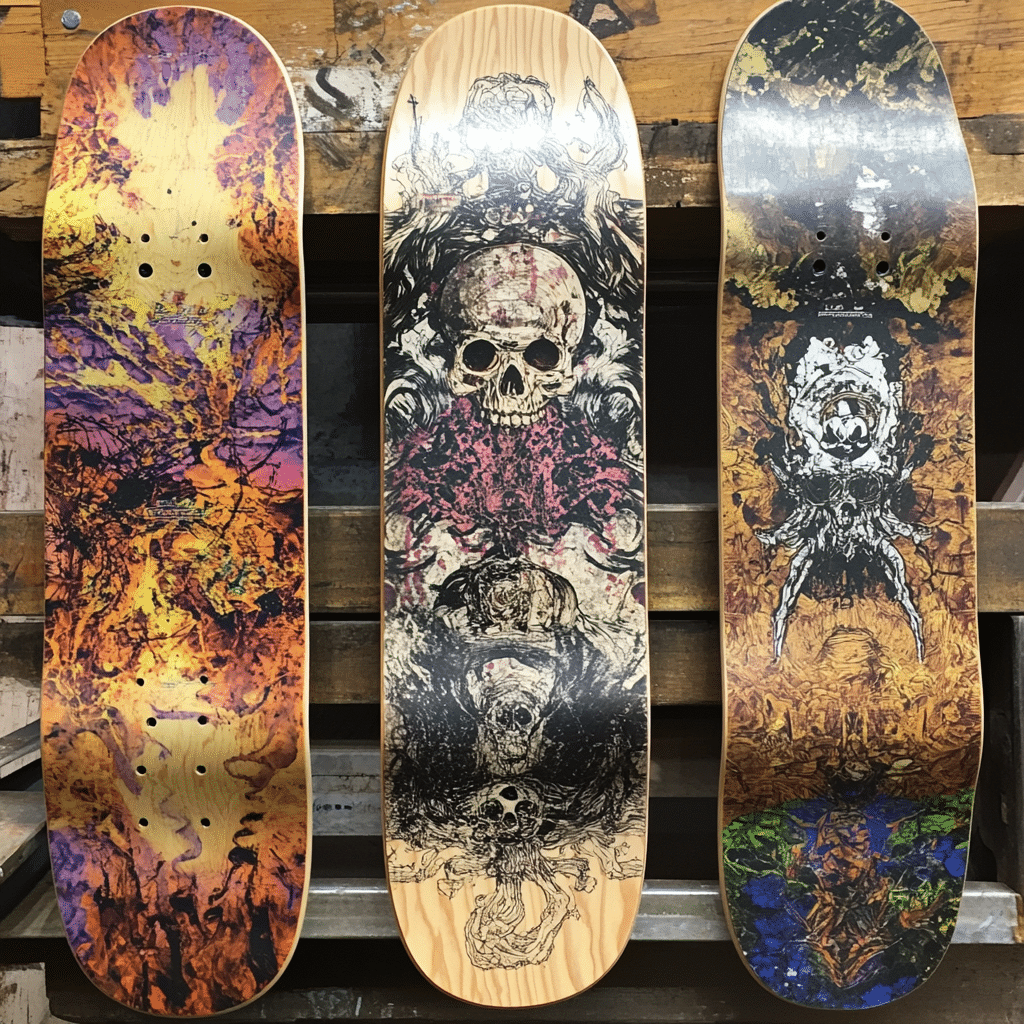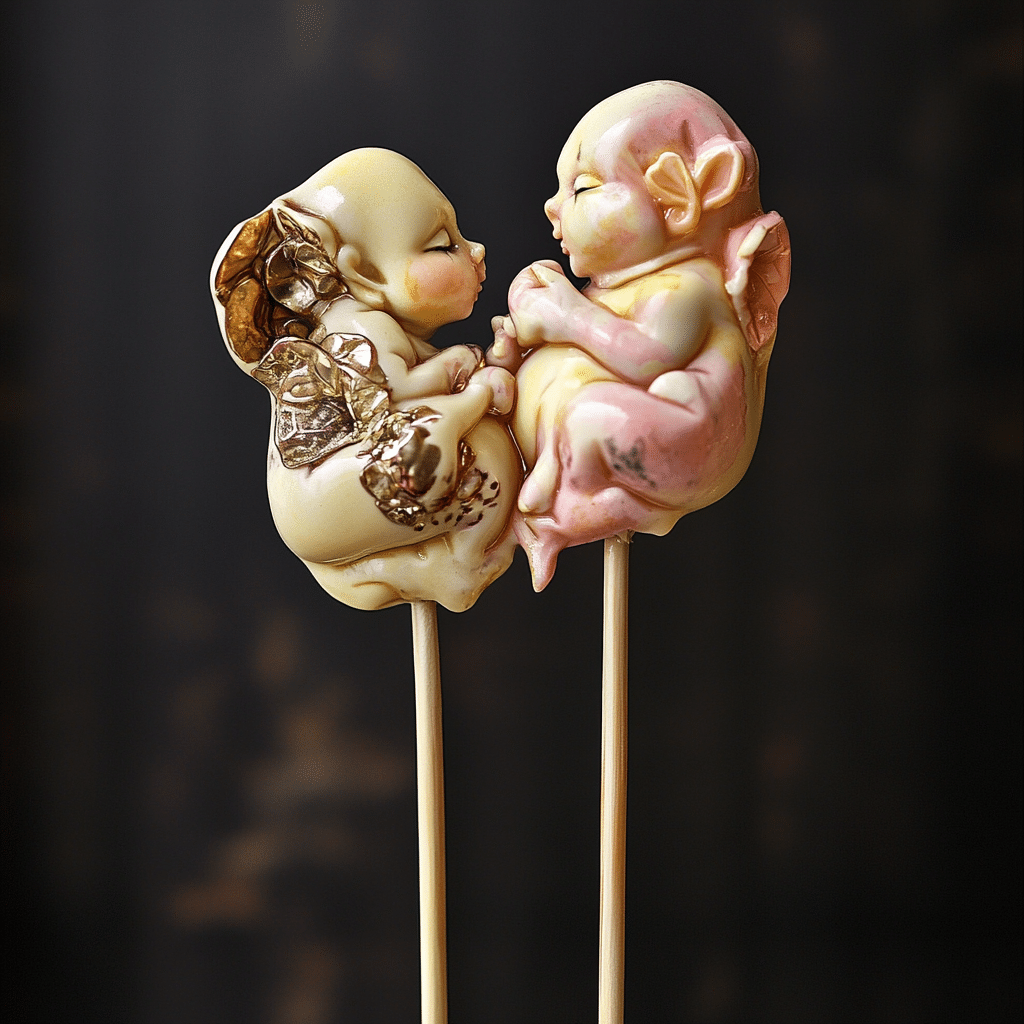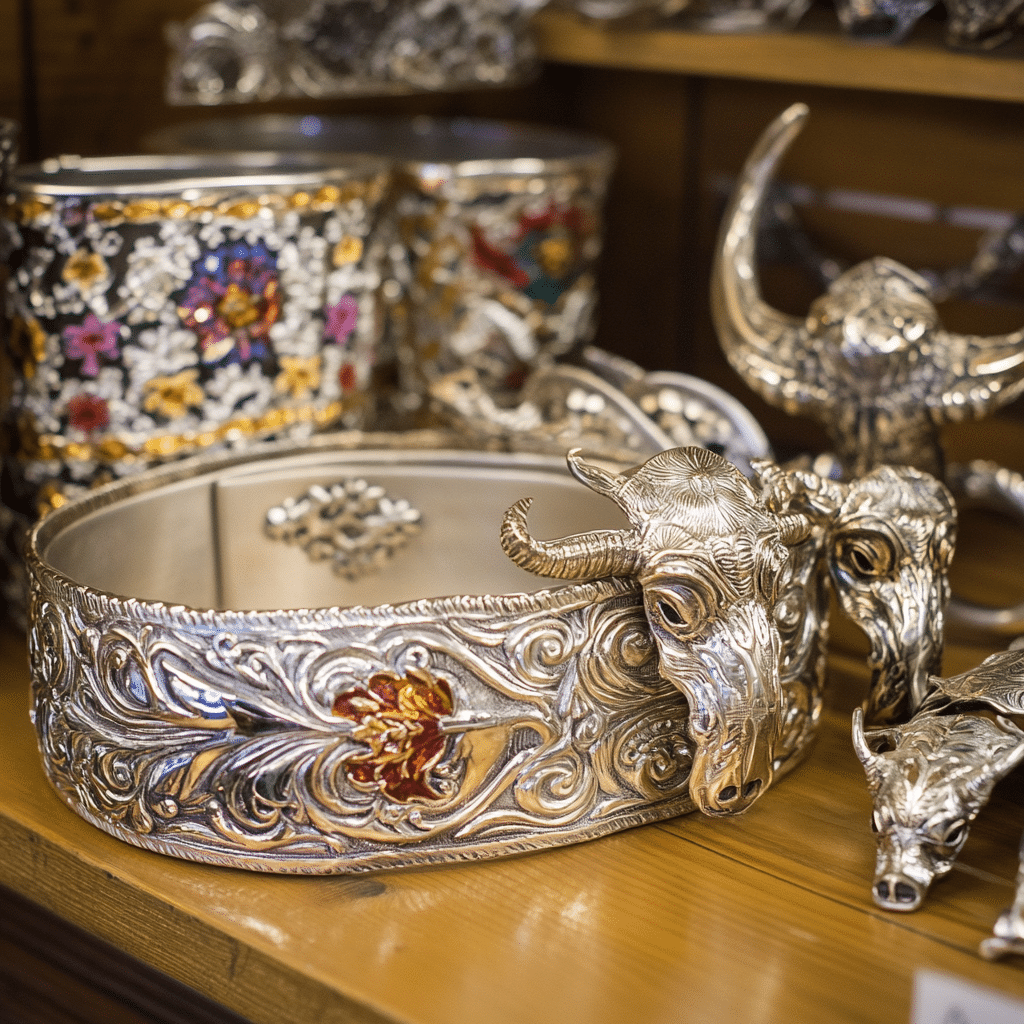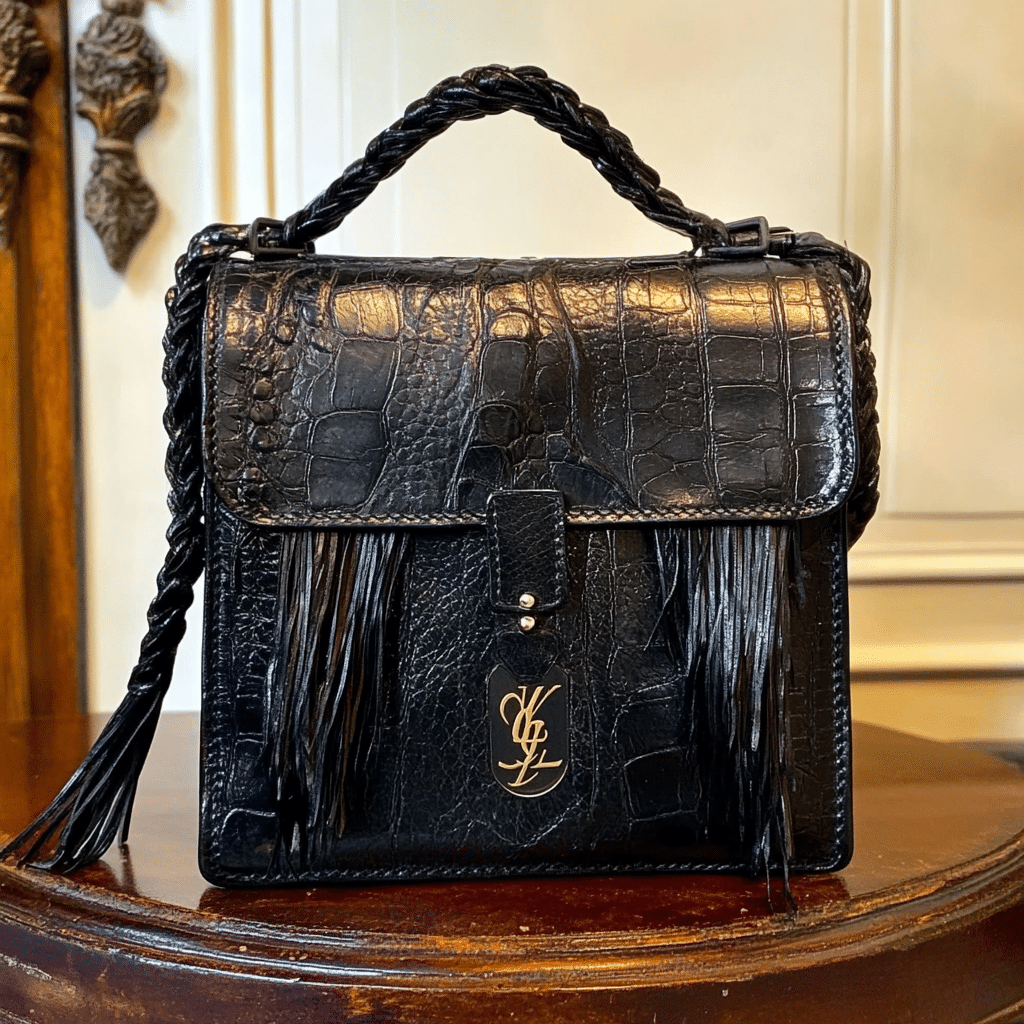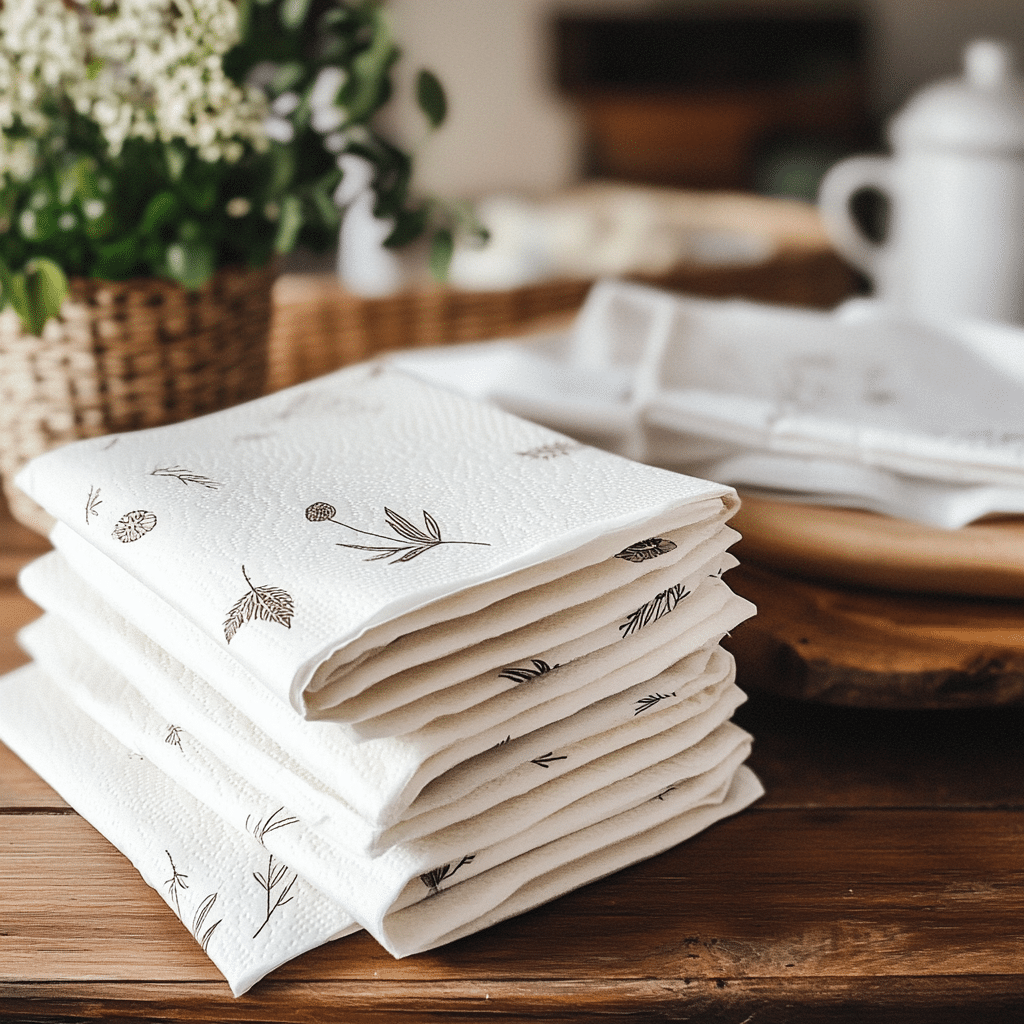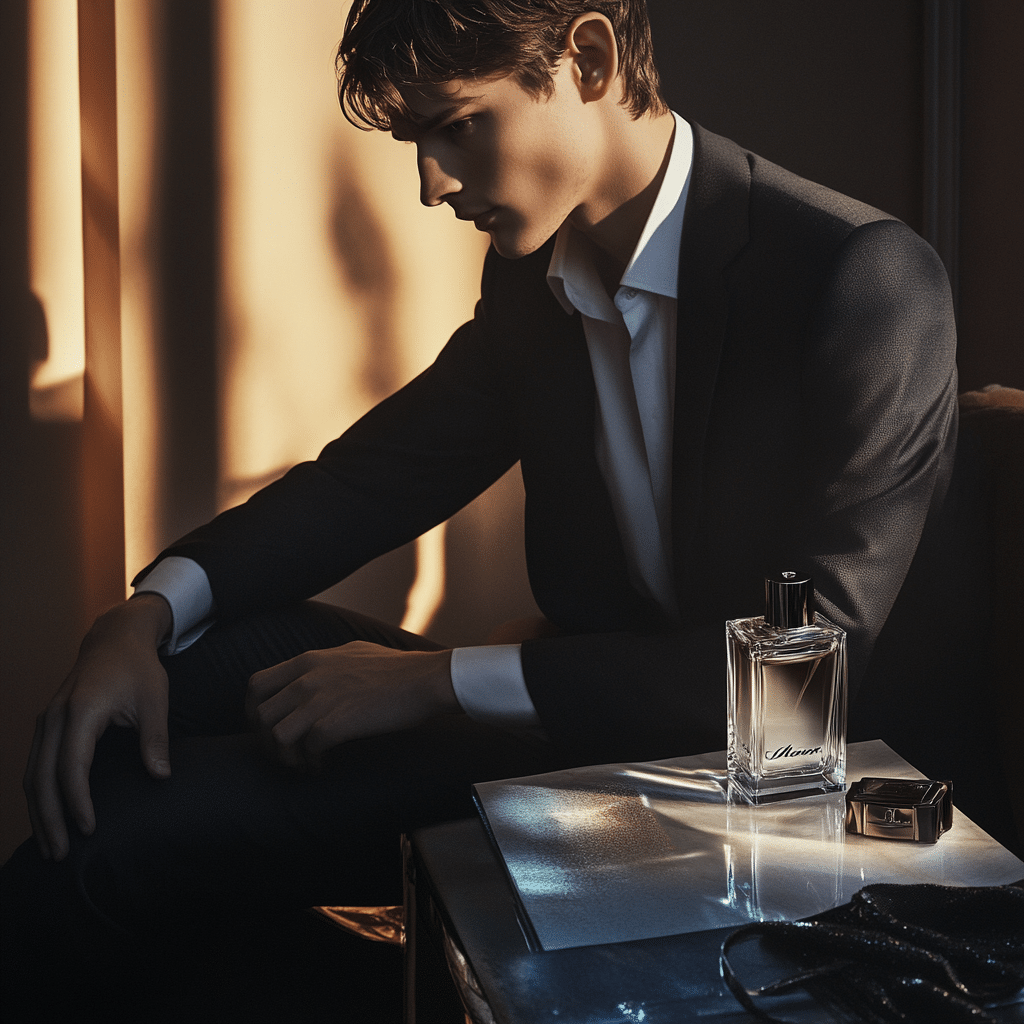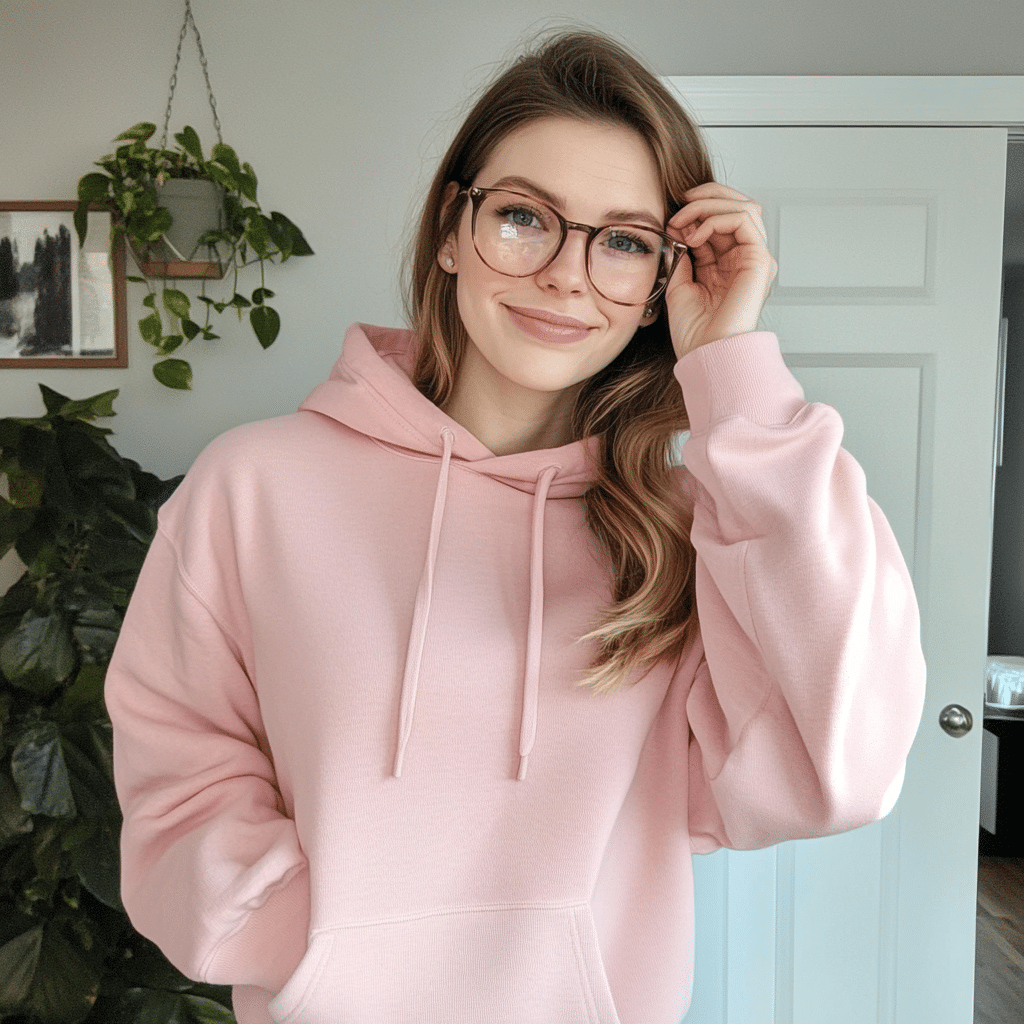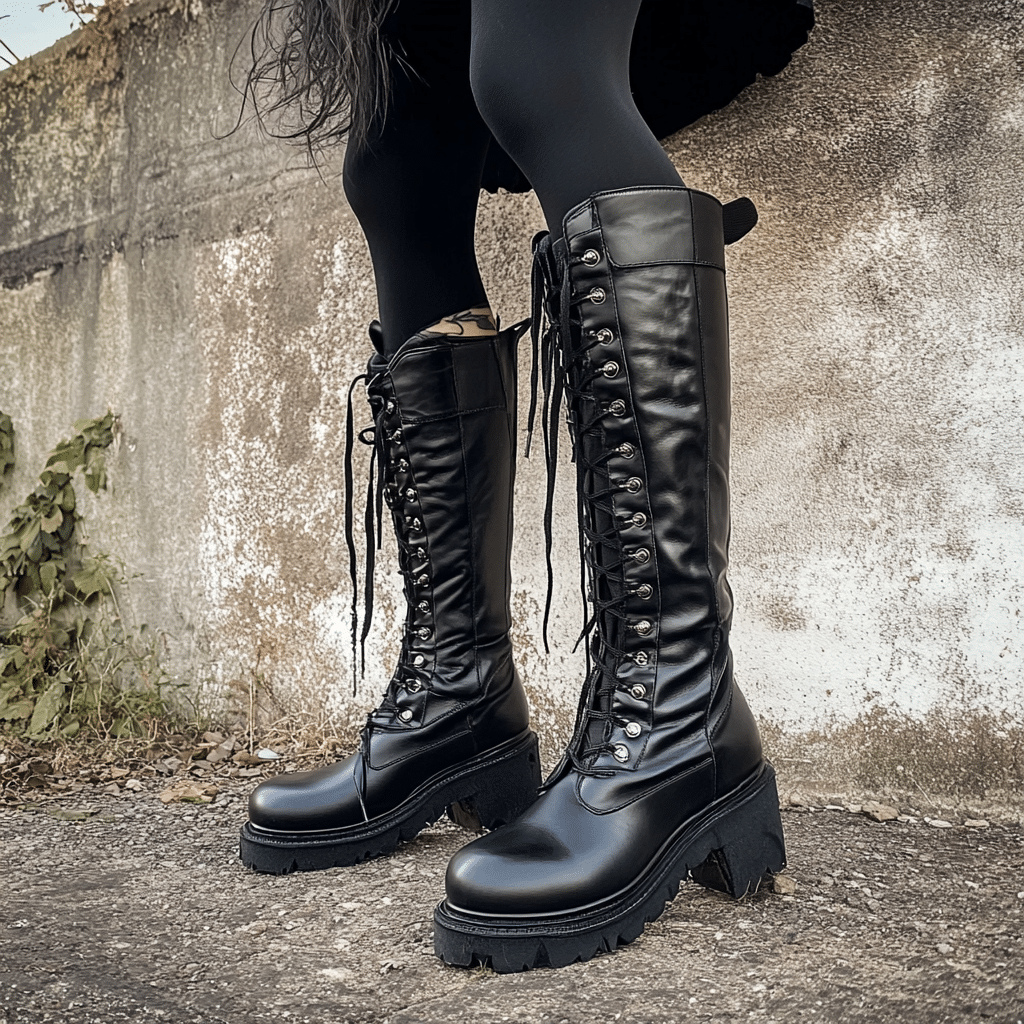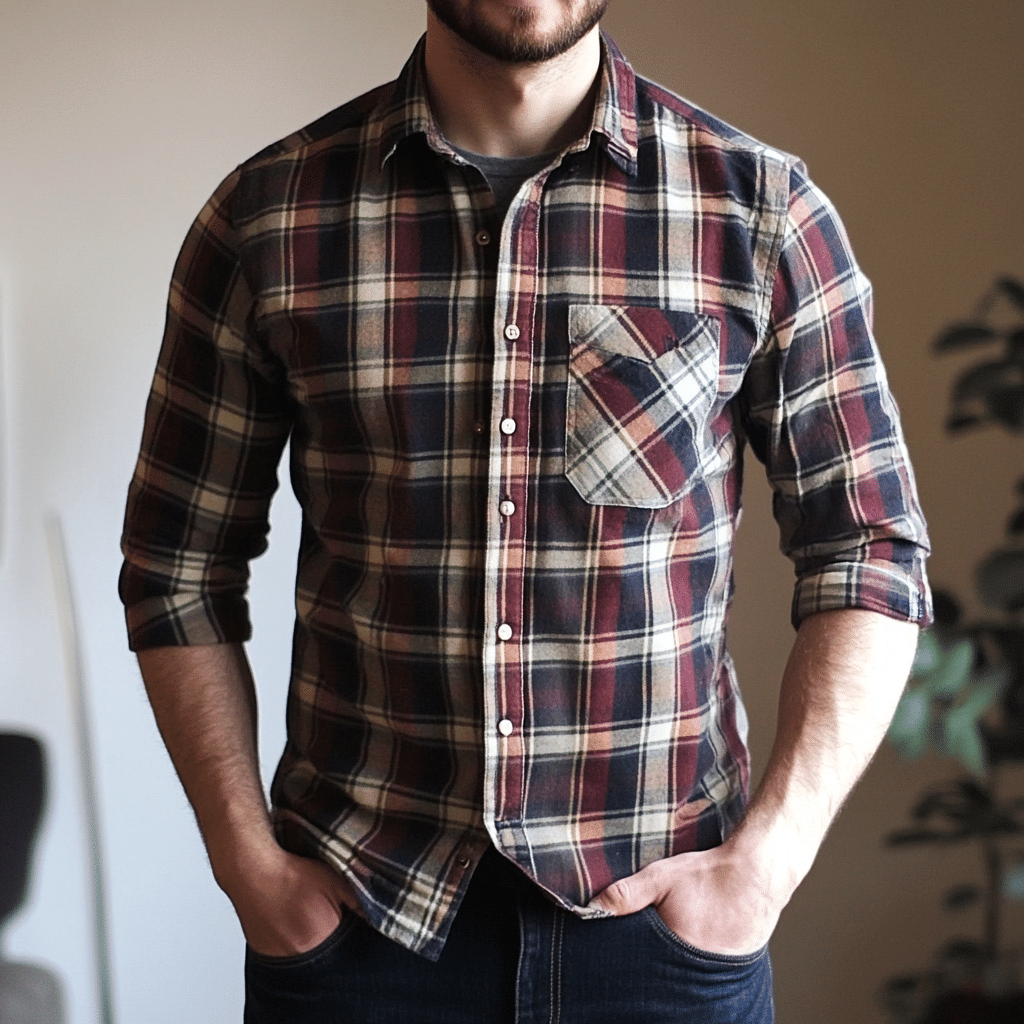The Allure and Mystery of the Plague Doctor Costume
The plague doctor costume is a captivating relic from history that continues to spark curiosity. Originating in the 17th century during the devastating bubonic plague, this eerie outfit is best recognized for its striking beaked mask and long cloaks. Designed as protective gear for physicians tending to plague victims, these garments were crafted from leather—thought to safeguard against harmful vapors, or miasmas, believed to carry disease. The costume not only symbolizes a chaotic chapter in medical history but also intrigues our modern imagination.
Historically, these costumes were worn by plague doctors who believed that the mask’s beak, often stuffed with aromatic herbs, could purify the air they breathed. In a time when science and superstition intermingled, these dr. doom masks relieved the stench of illness and sickness while possibly warding off evil spirits, showing how cultural meanings shift over time. Even today, the influence of the plague doctor costume seeps into various aspects of society—from fashion to horror cinema, captivating audiences with its blend of beauty and horror.
It’s fascinating how attire from centuries past holds such powerful resonance. Each element of the plague doctor costume reveals secrets of fear, resilience, and ingenuity, paving the way for modern adaptations. So, let’s dive into the features that define this haunting design and understand its lasting impact on our visual culture.
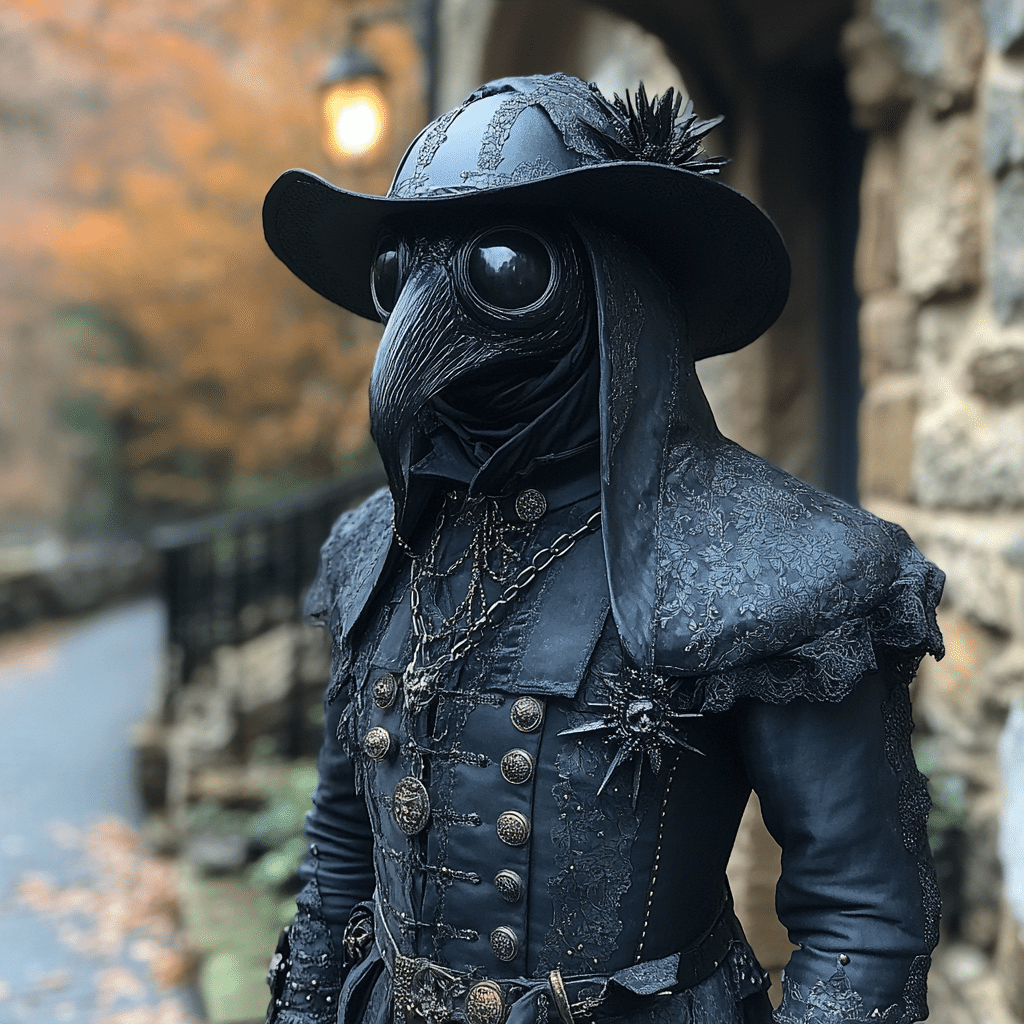
1. The Intriguing History of the Plague Doctor Costume
The plague doctor costume emerged as a vital defense mechanism amidst the chaos of the bubonic plague. Plague doctors believed in the miasmatic-humoral doctrine, which postulated that diseases were caused by bad air. To combat what they thought was a spiritual menace, physicians suited up in long robes, wide-brimmed leather hats, and of course, those iconic beaked masks. The wide-brimmed hat not only proclaimed their profession but also served as a barrier against the elements, allowing them to perform their duties with some measure of protection.
Waxed robes, essential to the outfit, prevented splashes from infected bodily fluids from reaching the doctor’s skin, acting as a protective barrier against the physical realities of the plague. The beak featured horizontal cuts on either side to allow airflow while filtering toxins with herbs like lavender and mint, showcasing ingenuity at its finest. The combination of function and flair speaks to the spirit of survival during a time of unprecedented calamity.
As we trace the evolution of the plague doctor costume, it becomes clear that this outfit goes beyond its historical context; it represents our collective struggle with disease and fear. It’s interesting to note how even today’s conversations around public health draw connections to these historical narratives.
2. Top 7 Haunting Features of the Plague Doctor Costume
The beaked mask stands as the most recognizable feature of the plague doctor costume. Initially, this peculiar design was not solely for aesthetics. Doctors stuffed these beaks with fragrant items like dried rose petals and spices intended to purify the air. Over time, this element has morphed into a compelling visual associated with themes of death in modern pop culture.
The long cloak, typically made from waxed fabric, acted as a critical shield against disease, covering the body from head to toe. Modern adaptations of these cloaks can be found on platforms like Museum Replicas and Etsy, proving the enduring appeal of this historical garment while appealing to a contemporary audience.
Today’s dr doom masks can be seen in various cosplay contexts, often exaggerated in style. Cosplayers merge historical design with dramatic flair, sparking a newfound appreciation for the vintage aesthetic in a modern narrative.
The impact of the plague doctor costume stretches into urban fashion, where elements have been appropriated into the “thug hunter” aesthetic. Here, oversized cloaks and masks serve dual purposes—providing protection while allowing for personal expression in the streets, demonstrating the adaptability of classic designs in modern contexts.
Less conventionally, elements of the plague doctor costume can even be spotted in adaptations linked to the beloved Shrek franchise. This juxtaposition of whimsy and dread illustrates how cultural storytelling intertwines fear with humor, enriching our collective narrative.
Costume designers frequently draw upon the plague doctor aesthetic for creations like the Corpse Bride costume. Films like “Corpse Bride” fuse horror with romantic notions of beauty in death, showcasing the enduring power of the plague doctor costume motifs within captivating visuals.
The ghost face mask from the “Scream” franchise carries a chilling similarity to the plague doctor costume. Both evoke sentiments of fear, where one embodies a physical manifestation of horror while the other represents a historical dread, connecting disparate genres through shared emotions.
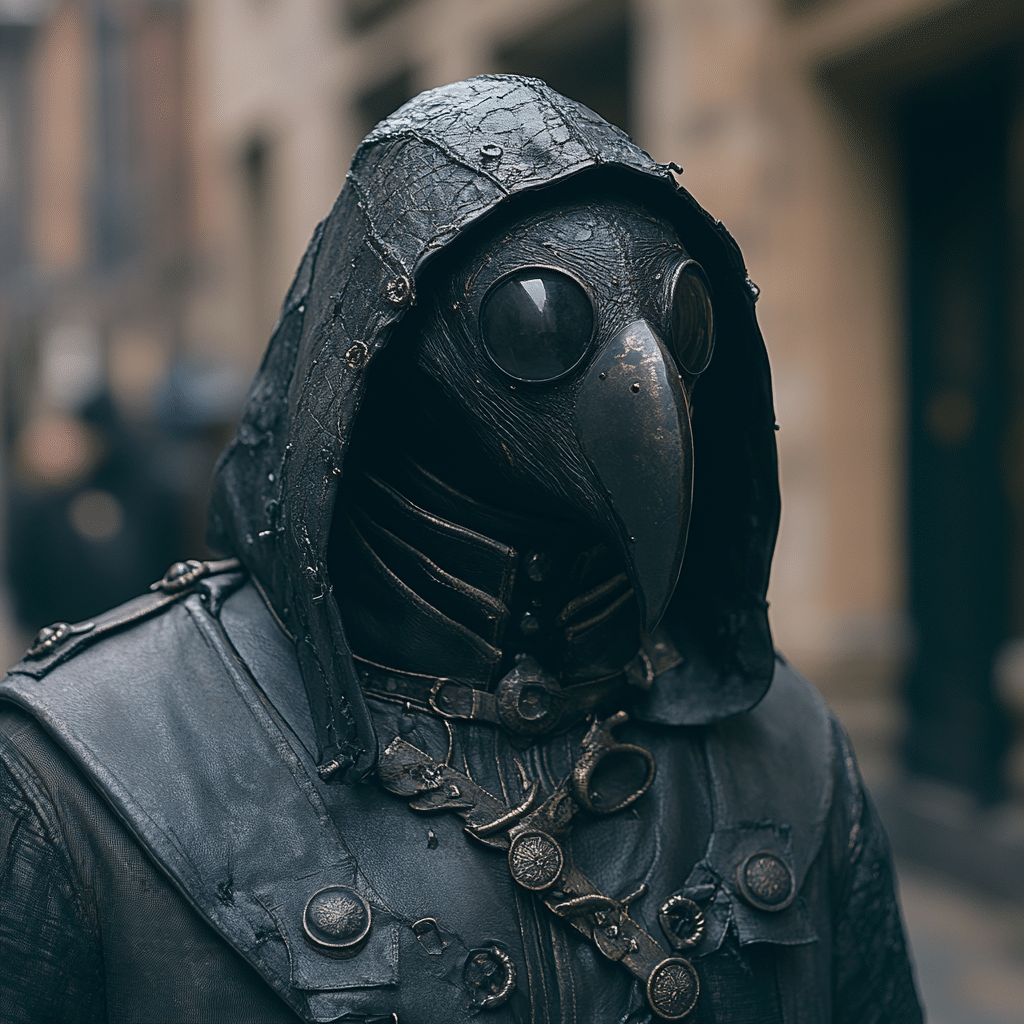
3. The Evolution of the Plague Doctor Costume in Modern Culture
The continuous resurgence of the plague doctor costume in today’s fashion reflects ongoing cultural significance and fascination. In an era marked by public health conversations, the costume gains fresh relevance, echoing past dilemmas while capturing the imagination of current generations. Brands like Black Milk Clothing take inspiration from this captivating history, offering sartorial pieces that harmonize historical homage with modern style.
It’s mesmerizing to realize that we’re now reinterpreting this haunting design through various lenses. The delicate balance between fear and artistry within the plague doctor costume serves as a reminder of our connection to the past, prompting discussions around health, survival, and humanity’s resilience.
The adaptability of this costume is evident, seamlessly crossing boundaries from historical representation to contemporary fashion statements. As society grapples with new challenges, the plague doctor costume serves as a visual narrative connecting the lessons of history to our experiences today.
4. The Psychological Impact of Costume Design: A Deeper Dive
Investigating the psychological elements of the plague doctor costume reveals why it strikes such a powerful chord. At its core, the stark contrast between macabre themes and protective symbolism embodies human resilience amidst fear. As artistic interpretations evolve, this costume conveys vulnerability and authority, pushing audiences to confront their anxieties around epidemics.
In film and other media, the plague doctor costume has become a potent symbol, stirring nostalgia while also evoking terror. Such portrayals bridge gaps between different timelines, reminding us how the dread associated with past pandemics can resonate in our current experiences. Indeed, the haunting imagery of the plague doctor costume invites viewers to reconsider their perspectives on health crises and societal response.
Ultimately, this eerie design transcends its visual representation; it encapsulates our historical battles with health crises and human endurance. The connection between the horrifying origins of the costume and its modern adaptations continues to shape conversations about life, death, and the perennial human condition. Whether in streetwear or cinematic representations, the plague doctor costume remains a timeless artifact, reminding us of the complex weaving of our past into our present.
The Lasting Impact of the Plague Doctor Costume
The plague doctor costume isn’t just about its distinctive visuals; it reflects our shared history of struggles and triumphs. With influences ranging from urban fashion to horror narratives, its haunting design draws curiosity and respect. By exploring the interplay of its ominous origins and modern interpretations, we find ourselves engaging with powerful themes of survival, fear, and the richness of human experience.
So, the next time you come across the plague doctor costume, recognize it as more than just a scary outfit. It embodies the resilience and creativity of our ancestors while continuing to evolve in our modern landscape, prompting us to reflect on the lessons learned from past epidemics. As we move forward, the haunting yet mesmerizing visage of the plague doctor costume leaves an indelible mark, ensuring its place in our cultural fabric for generations to come. This constant reminder of our history persists, ever resonating within the stories we tell today.
The plague doctor costume, deeply layered in meaning, doesn’t simply capture our fears; it challenges us to confront them—transforming dread into artistic expression, ultimately reshaping our perceptions and experiences of life and death.
Secrets of the Plague Doctor Costume
When you think of a plague doctor costume, that eerie bird-like mask and cloak probably come to mind. But did you know that these haunting outfits were more than just a fashionable choice? They were designed with specific features aimed at protecting the wearer from diseases. One intriguing fact is that the costume often included tall black Boots, which were essential for any doctor traversing the unsanitary streets during outbreaks. Comfort was key, and these boots provided both protection and style—an unusual combination but essential in a time of crisis.
Symbolism and Practicality
The oversized beak of the mask, often filled with aromatic herbs, served a dual purpose. Although people might have viewed it as an unsettling design, it was actually a clever attempt to filter out foul smells, believed to carry disease. This reflects a time when knowledge about germs was limited. Speaking of styles that stand the test of time, you might find it interesting that the plague doctor costume has inspired numerous forms of art, from literature to performance, akin to the enduring themes seen in Joestar Five Generations. Even modern fantasy, like Rwby ruby, channels elements of such storied designs, proving that the fascination with the past never dies.
Cultural Impact
The plague doctor costume has evolved over centuries, morphing into a haunting symbol of the pandemic’s shadow. Nowadays, it’s a favorite during Halloween and in pop culture, often evoking nostalgia while serving as a reminder of history. Just as Tracey Kurland illuminates aspects of cultural heritage, this costume invites us to reflect on resilient human spirit through adversity. In a way, it became a piece of quality gold in social artifacts, transcending its original function and becoming a staple in our collective imagination. The juxtaposition of fear and comfort in these figures captures the essential clash of human conditions, much like the bittersweet lyrics of “Can’t Fight This Feeling” by REO Speedwagon.
So next time you’re confronted with the eerie visage of a plague doctor, remember its rich history. From practical beginnings to an enduring symbol, the costume tells a fascinating story that layers humor, fear, and history—all of which have survived through the ages, just like those infamous Christmas trivia Questions that keep popping up at holiday gatherings!
